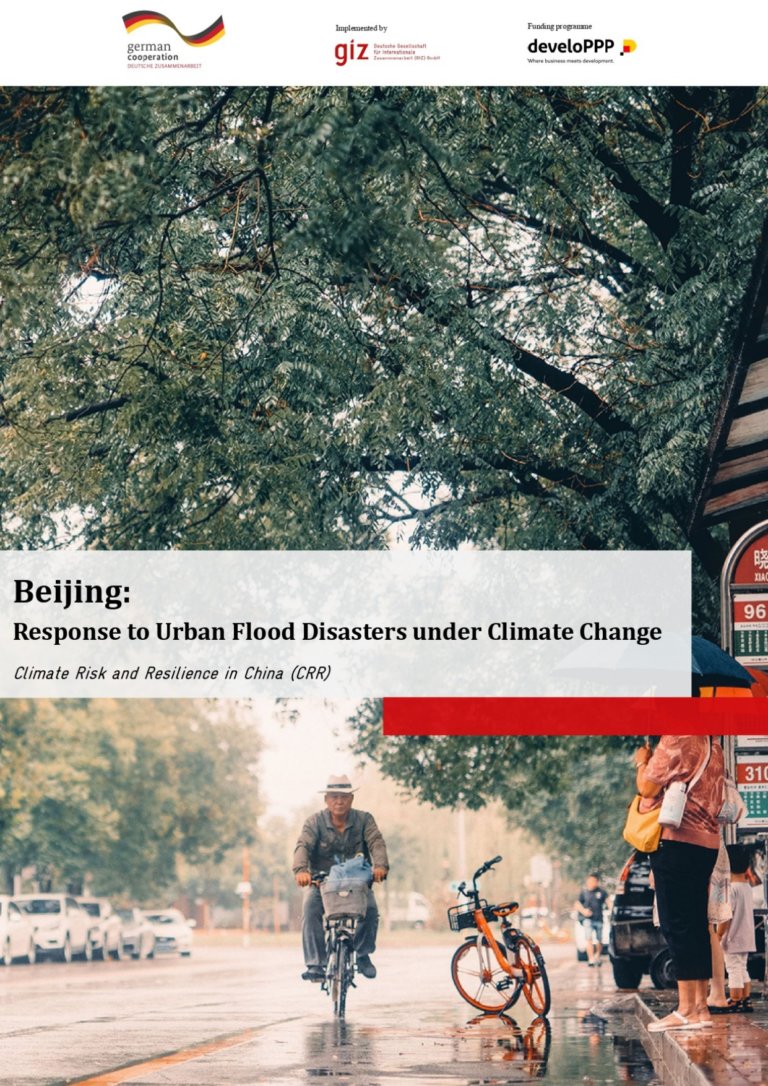London is the economic powerhouse of the UK. The current systems of flood defences were designed in the late 1960s, early 1970s and completed in the 1980s. The original designer scheduled in a major review after 30 years (around 2000, mid-way through their design life) in recognition of the potentially long lead times associated with implementing a new plan. At the start of the 2000 the fragmented nature of the flood management responsibilities within London meant that several requests had been put forward to central government for funding to improve local defences. Central government questioned the justification of the uncoordinated proposals and demanded that an estuary wide, risk-based strategy be developed; the so-called Thames Estuary 2100 Plan (TE2100). To incorporate risk-based decision making and adaptability at the heart of the strategy plan, it was necessary to develop innovative tools and techniques to assess the performance of different management strategies under future scenarios. Uncertainty within the climate change projections was severe, and profoundly influenced the shape of the final flood risk management plan. The gross uncertainty within these future projections led to the development of an adaptable management strategy where investment decisions are triggered by the monitoring of key variables of change. This case study summarizes the context of the Thames, the analysis of risk (hazard exposure and vulnerability) and the resulting adaptation strategy.




